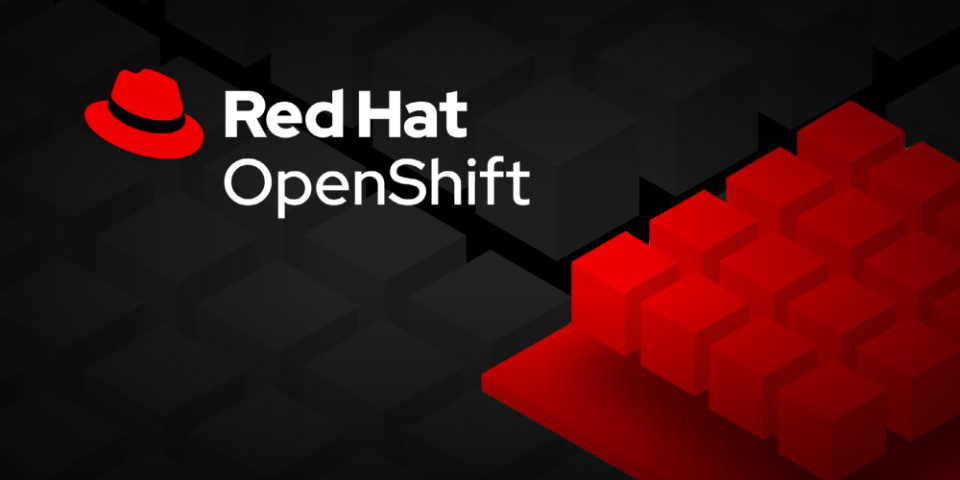 CLOUD
CLOUD
 CLOUD
CLOUD
 CLOUD
CLOUD
Red Hat Inc. is rolling out Red Hat OpenShift 4.8 today, touting IPv6/IPv4 dual-stack and IPv6 single-stack support, new ways for users to define, version and track changes to their application delivery pipelines declaratively using Git repositories and a better developer experience.
Red Hat said the improvements are meant to address the growing variety of workloads that are being deployed on software containers, which are self-contained environments that include an application and all its dependent components. According to a recent survey by the company, common uses include databases or data caches, data ingestion, cleansing, analytics, logging, web and application servers machine learning software and custom applications based on Java and Microsoft Corp. .NET frameworks.
OpenShift is Red Hat’s version of the Kubernetes container orchestration. It provides a common foundation for organizations to consistently develop, deploy and run a hybrid mix of container-based applications and services, the company said. The latest release is based on Kubernetes 1.21 and version 1.21 of CRI-O, a lightweight container runtime environment.
KPMG LLP selected Red Hat OpenShift for KPMG Ignite, a portfolio of artificial intelligence tools that the company uses to help financial customers discover, categorize and analyze data contained in very large volumes of documents.
The Big 4 firm is currently using Ignite in several engagements with financial customers that are struggling with the impending discontinuance of the London Interbank Offered Rate, an industry benchmark that has been used for more than 40 years but that was widely discredited for its role in worsening the 2008 financial crisis.
“Financial firms need to switch out the Libor rate for another rate. That can involve reading through hundreds of thousands of documents,” said Kevin Martelli, a KPMG principal. “Ignite is able to not only convert PDF and unstructured documents into digital format but to get information out of them that lawyers and business people need.”
Containers speed the scanning, recognition and indexing process by enabling hundreds or thousands of instances to run in parallel with resiliency and automatic recovery, Martelli said. With OpenShift, Red Hat has built “an entire orchestration layer on top of Kubernetes that allows you to orchestrate your platform,” he said. “It has error-monitoring processes and security paradigms that allow for more robust security to run on top of it and the administrator interface is a lot more robust” than on vanilla Kubernetes.
The IPv6/IPv4 dual-stack and IPv6 single-stack support in OpenShift 4.8 provides applications with interoperability and communications for environments that use both IPv6 and IPv4, such as in cloud-native network functions for telecommunications and government agencies that require IPv6 support.
OpenShift Pipelines allow users to declaratively define, version and track changes to their application delivery pipelines alongside their application source code in Git repositories. Declarative configuration allows a developer to define the desired end state with the system figuring out how to create it. Developers can use Git workflows to automate the deployment of their continuous integration/continuous deployment pipelines for faster development.
The OpenShift console now includes the ability for Spring Boot developers to code and test locally before sharing the code more broadly. New serverless functions enable developers to create and run functions on-demand on OpenShift.
New sandboxed containers based on the Kata Containers open-source project, provide a more secure container runtime using lightweight virtual machines. That’s useful for workloads that require extremely stringent application-level security, Red Hat said. Sandboxed containers provide an additional layer of isolation that’s useful for sensitive tasks such as privileged workloads or running untrusted code.
Red Hat is also expanding OpenShift certification to support a broader range of workloads and enable partners to certify software on OpenShift through either Kubernetes Operators or Helm charts. The certified OpenShift ecosystem now includes more than 150 partner-supplied products, the company said.
OpenShift 4.8 is expected to be generally available in July, including the ability to try it on the Developer Sandbox for Red Hat OpenShift.
THANK YOU